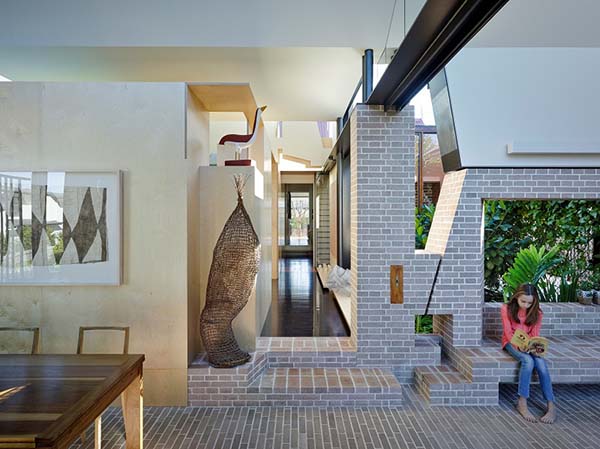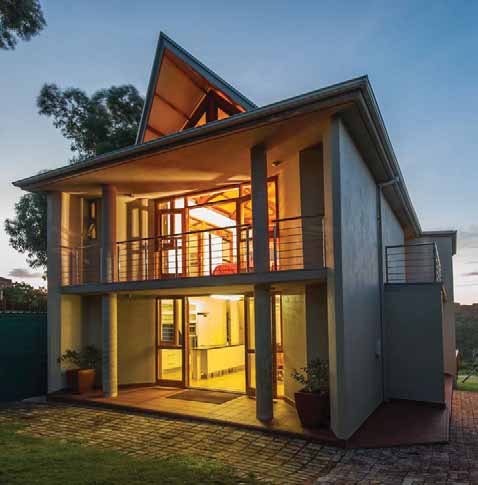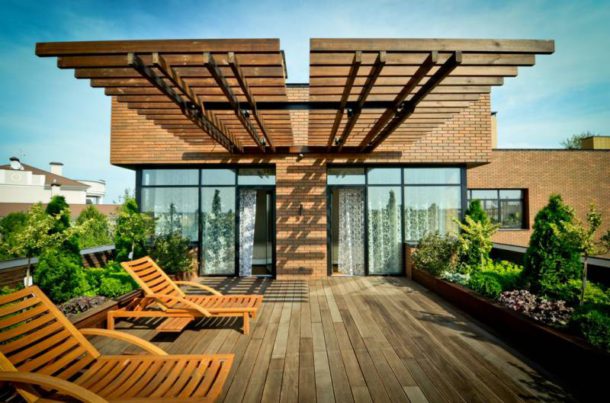Clay Brick for Good: Committed to sustainability
The ClayBrick Association breaks down the sustainability and value of using brick in construction for reduced environmental impact.
Brick buildings shape South Africa’s architectural heritage – in every province you will find beautiful and functional schools, social infrastructure, hospitals, churches, stately homes, forts and lighthouses. You will also find affordable brick homes moulded from South African soil that have protected and served South African families across several generations. Endurance
Brick masonry does not rot, tarnish, puncture, fade, rust, scuff, peel, erode or burn. The average clay brick structure last over 100 years, and there are numerous brick buildings older than 500 years. The Bell Tower at the Castle of Good Hope in Cape Town – South Africa’s oldest building – has braved the Cape of Storms since 1684 . Structural Integrity
Clay brick structures have impressively high load-bearing capacity, high dimensional stability and compressive strength. These properties limit cracking and ensure structural integrity. This provides opportunity to dissipate all embodied energy over its life cycle, reducing its carbon footprint. Bricks vary in compressive strength ranging from a minimum of 7 MPa for NFP bricks, to greater than 50MPa for Face Brick Extra and Engineering products.
Maximum Fire rating
Clay Brick is incombustible, and therefore cannot contribute to the start or rapid spread of fire. Double leaf clay brick walls achieve maximum fire ratings of 240 minutes of resistance with impairing structural strength. Brick walls do not conduct electricity or lightning. During production, clay bricks are fired at temperatures between 1000°C and 1200°C so they are capable of resisting this level of heat without damage. Energy Cost Savings
The more thermally efficient the building, the greater the energy savings. Brick is designed to absorb the warmth of the sun all day, and release the heat inside during freezing winter nights. Clay brick’s thermal efficiency reduces the need for heating and air-conditioning, with lifetime savings for property owners.
Construction Waste
Because of the modular nature of brick, on-site construction waste is reduced. Scrap brick is easily crushed and recycled for new uses, thus avoiding removal and landfill costs. Packaging from brick is minimal and easily recycled.
Inexpensive construction tools
Bricklaying and paving is not capital intensive – the investment for a skilled small contractor is little more than the cost of raw materials. Many bricklayers and plasterers set up as independent craftsman.
For more information on the benefits of brick in construction and sustainability of this versatile material, visit www.claybrick.org.za



























